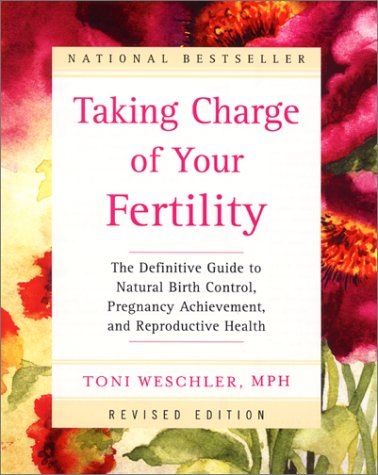Sharing some tips on how you can use FAM (fertility awareness method) for period prediction for yourself, or for your tween/teen daughter!
Hello friends! I hope you’re having a wonderful day so far! We’re living the summer life: swimming all day, meeting up with friends, hitting up the arcade, and packing for a fun trip. What have you been up to?
For today’s post, I wanted to talk a little bit about the Fertility Awareness Method and how you can use this amazing tool for period prediction. Once you get the hang of it, it makes life SO much easier.
As you guys know, I’m a huge fan of the Fertility Awareness Method. It’s my primary method of birth control and I’ve been practicing since I went off birth control back in 2008. Over time, it’s evolved so much! I used to have to track my temp and cycle signs on a paper chart and now they have amazing apps and technology.
****I only recommend FAM as birth control if you’re in a monogamous relationship and with the understanding that there is a learning curve. Also, remember that it doesn’t protect you from any sexually transmitted diseases or infections. It may take you a while to *get* your cycle, so just a heads up that you may want to use a backup method if you’d like to use FAM as a birth control method.***
While Fertility Awareness Method can be an amazing birth control tool, it can also be used for something incredibly valuable: accurate period prediction. If you practice Fertility Awareness Method, you’re able to know the exact day that you’ll get your period.
I was thinking about FAM and how much I love it… and then a little light bulb clicked in my head. It could also be used to know when a tween or teen girl is going to have their first period ever. How freaking amazing is that?! I’m going to share all of the details + how you can use this for accurate cycle prediction in this post. I wanted to share this info for my mom friends out there, or for those who are curious about tracking their cycle.
Using Fertility Awareness Method for period prediction
When I first discovered Fertility Awareness Method, I WISHED I would have learned all about this when I was growing up. It turned my body from a complete mystery into something that I was empowered and informed about. What was happening inside my body wasn’t completely random each month; it was entirely predictable. I just had to track it and understand my cycle.
If I would have known about this information, it would have saved me from a particular instance in middle school when I was wearing white shorts. Ughhh.
Each month, we have distinct phases of our cycle:
1) Menstruation: day 1 of full bleeding (may be preceded by spotting but that’s not technically the first day of your cycle)
2) Follicular phase: follicle-stimulating hormone (FSH) prompts the ovaries to prepare and release an egg
3) Ovulatory phase: this is when the egg is released and can potentially be fertilized
4) Luteal phase: begins after ovulation, and the ruptured follicle transforms into the corpus luteum, producing progesterone to support potential pregnancy. If pregnancy does not occur, hormone levels drop, leading to the start of a new menstrual cycle.
During the phases of our cycle, we also experience changes of the following factors to indicate fertility: cervical mucus, cervical position, and basal body temperature changes. The easiest and most approachable one for a beginner, teen, or tween to track is basal temperature. You simply take your temperature first thing in the morning and this data can be used to determine ovulation and then when Aunt Flow is supposed to make a visit.
(Over time, you can use other methods if they work for you, but I’ve never tracked cervical position.)

Here’s how you can use basal temperature to determine when you will get your period:
– Every morning, upon waking, take your usual temperature with a basal thermometer. It goes into your mouth and is an old-school cheap digital thermometer.
– Keep track of this information using your phone or an app. My favorite period tracking app is iPeriod, which is free, and has been extremely accurate for me. Natural Cycles is also a highly recommended app.
– When you ovulate, you will notice an increase in temperature by 1-2 full degrees following ovulation. (When your temperature spikes, ovulation already happened. This doesn’t mean that it’s happening that day, it means it already occurred in the past 24-ish hours.)
– The temperature will remain relatively sustained for the rest of the luteal phase following ovulation, which is usually 12-16 days afterwards.
– The day that your period is going to arrive, your basal temperature will drop back down to baseline, about 1-2 full degrees. This is when you know to be prepared and have things on hand!
I think it’s so important for women and girls to learn more about how their bodies work. It shouldn’t be a mystery and little bits of knowledge like this can be a game changer.
So, tell me, friends: do you track your cycle?
xoxo
Gina
More:
A podcast about the Fertility Awareness Method here
and from the archives, when I ditched birth control for good. Also when I could write about pure nonsense and get 100+ comments on a blog post. Those were the dayyyyssss.